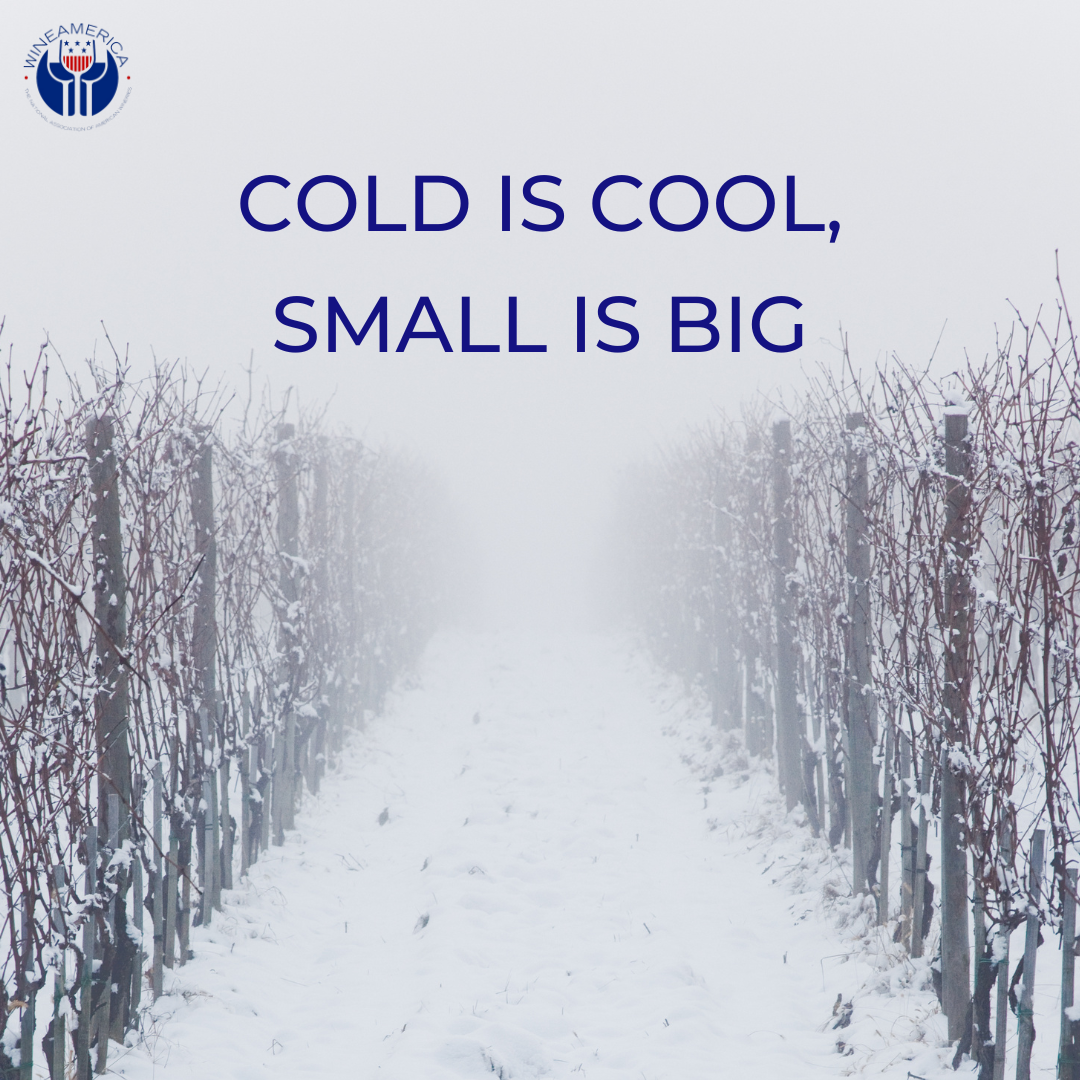That’s the title of a talk I gave Monday as the opening speaker at the VitiNord 2022 conference in Burlington, VT, which drew well over 200 very enthusiastic people from lots of cold places.
What brought them together is cold (not cool) climate grapes and wines from around the world, including the United States. Previous VitiNords have been held in Latvia, Germany, Poland, Quebec, Nebraska, Sweden and Denmark.
I was blown away by the incredible two-day conference agenda, which was created by a volunteer committee including Max McFarland, owner of Mac’s Creek Winery in Nebraska and a member of WineAmerica’s Board of Directors.

(Max McFarland and family)
After my opening remarks, I was followed by climate change guru Gregory Jones of Abacela Vineyards and Winery in Oregon, who addressed “Climate Change and the Future of Viticulture in the Northeast” (which is pretty bright). Then Lisa Francione of the California Sustainable Winegrowers Association addressed “Sustainability and Impact on Consumers”, a comprehensive and fascinating look at the current state and future directions of sustainability initiatives.
Then there were breakout sessions in Viticulture, Vinification, Physiology, Wine Quality, Grape & Wine Quality, Vine Balance & Health, Grape Varieties, Creating Branding for Regional Wines, all followed by a dinner featuring Grapes of the Hudson Valley with regional expert Stephen Casscles which segued into an International & Vermont Wine Tasting.
The speakers came from well beyond many different states of the USA, to several regions of Canada, plus Denmark,
France, Spain, and Sweden.
In my talk, I explained how cold climate varieties have transformed what the earth can produce in terms of where winegrapes will survive. New York’s “Thousand Islands” region along the St. Lawrence Seaway bordering Canada, for example, would not exist had it not been for these varieties.
And even though most of the 12 states that participated in a massive, five-year Northern Grapes Project are relatively small in terms of winegrowing, their combined totals are 1,290 wineries (12% of the US total) and $55 billion economic impact (20%).
In other words, Cold is Cool, and Small is Big.
At the end, I proposed a Cold Climate Coalition, and that they continue to Create…Collaborate…
Our study includes detailed data on the wine industry’s impact on all 50 states. For data sets, reports, infographics, detailed methodology, and FAQs, visit www.wineamerica.org.


